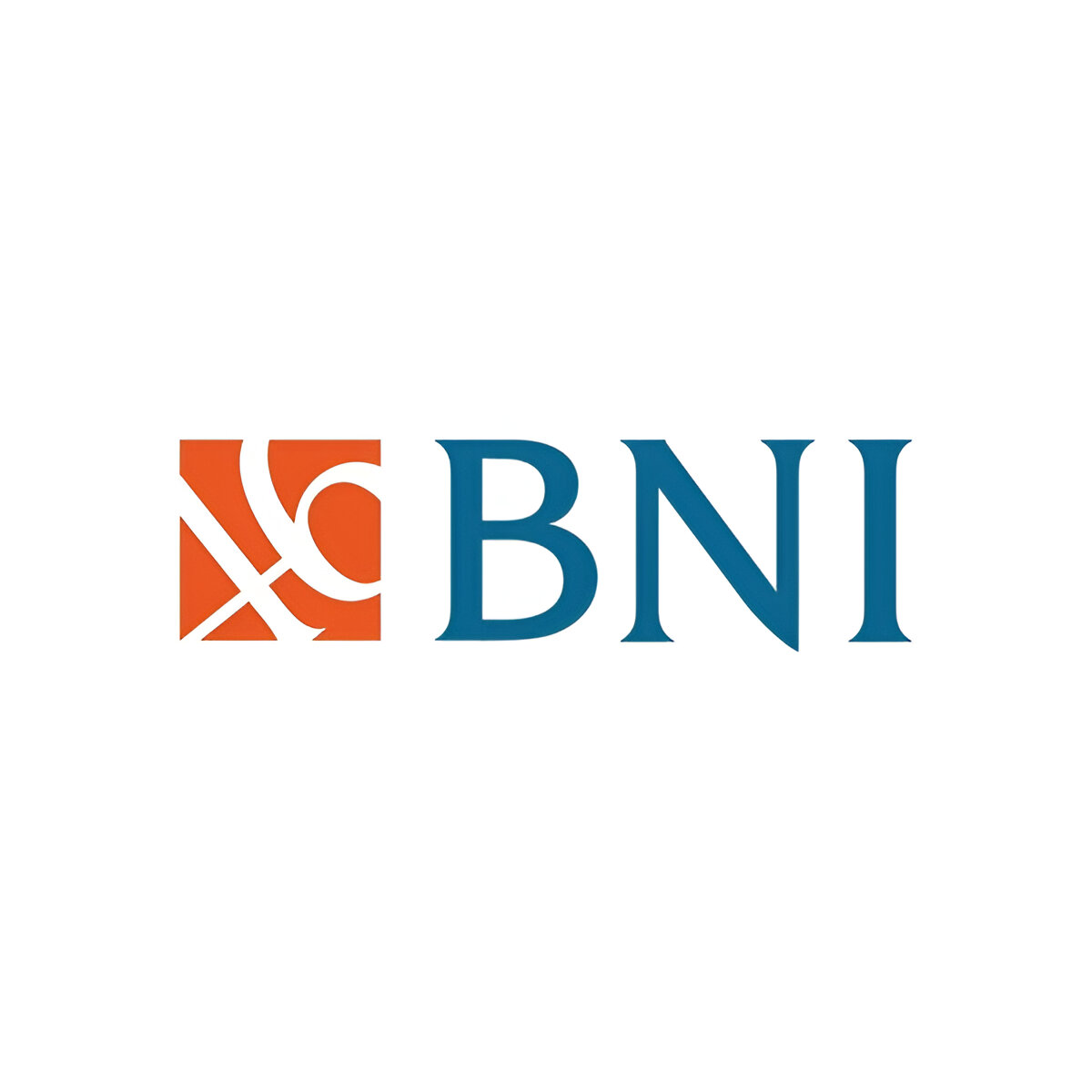Referral marketing is one of the most powerful yet often underestimated strategies in the digital marketing toolkit. It harnesses the influence and trust of your existing customers to bring new ones into the fold.
But how exactly does referral marketing work? Why is it so effective in today’s digital landscape? And how can you create a referral program that delivers measurable results?
This blog post will cover everything you need to know, from the fundamentals of referral marketing to the tools to build a winning program. Plus, we’ll explore real-world examples of businesses that have nailed it.
Why Referral Marketing Matters in the Digital Age
At its core, referral marketing is about leveraging word-of-mouth recommendations. The idea is simple: happy customers share your business with their friends, family, or colleagues, often in exchange for a reward. These referrals carry a level of trust that most traditional advertising can’t replicate. To discover proven techniques for growing your business, check out our guide on the best referral marketing strategies to boost your business.”
Why does referral marketing thrive in the digital age?
- High Trust Factor: According to Nielsen, 92% of consumers trust referrals from people they know.
- Amplified by Social Media: Platforms like Instagram, Facebook, and TikTok make sharing links to referral rewards easier than ever.
- Scalable with Technology: Modern tools streamline referral management, automating everything from tracking to payouts.
Digital referral marketing taps into the interconnected nature of online communities, turning your customers into brand ambassadors and expanding your reach.
Key Components of a Successful Referral Program
Creating a referral marketing program isn’t as straightforward as just offering rewards. To make your program a success, you need the following elements:
1. Clear and Attractive Incentives
What’s in it for your customers? That’s the first question they’ll ask. Offering the right incentive (e.g., discounts, cashback, or free products) motivates customers to refer others.
- “Give $10, Get $10” offers are popular because they reward both the referrer and the new customer.
- Experiment with tiered incentives, like extra credit for referring multiple friends.
2. Easy Participation
Your referral program should be simple to join and use. Minimize the number of steps needed to sign up, share links, and claim rewards.
Make it easy for users to access their referral links via an intuitive interface. Provide multiple sharing options such as:
- Link-sharing on platforms like WhatsApp and email
- Integrated sharing on social media channels
3. Clear Communication
Clarity is key when presenting your referral program. Ensure terms, conditions, and eligibility are straightforward so participants understand how to refer and what rewards they’ll earn.
For example:
- “Refer friends. They get 15% off their first order, and you get $10 credit for every successful referral.”
- “Rewards will be credited after the referred friend makes their first purchase.”
4. Personalized Experiences
Use customer data to tailor referral messages. For instance:
- Segment referral program invitations based on purchase history.
- Personalize referral links with customers’ names (e.g., “Maria’s code” instead of “Your referral link”).
5. Engaging Design
An eye-catching referral landing page and intuitive design make a big difference. Add social proof, such as customer success stories or the total rewards earned by participants so far.
Tools and Platforms for Effective Referral Marketing
To execute an effective digital referral strategy, you need robust tools and platforms that simplify tracking, communication, and payouts. Here are a few popular options:
1. ReferralCandy
Ideal for e-commerce businesses, ReferralCandy integrates seamlessly with platforms like Shopify. It automates rewards and payouts while giving you analytics to optimize performance.
2. Ambassador
A powerful tool for larger businesses, Ambassador focuses on creating custom enterprise-level referral programs with robust integration capabilities.
3. Viral Loops
Known for its pre-designed templates, Viral Loops makes setting up contests and referral campaigns straightforward and quick.
4. SaaSquatch
This tool caters to subscription-based businesses, enabling referral program customization and automation for recurring services.
5. Yotpo Refer-a-Friend
A user-friendly option, especially for small businesses, Yotpo Refer-a-Friend links referrals with customer loyalty programs for added engagement.
These platforms not only help manage logistics but also provide insights into how well your referral efforts are performing.
Measuring the Success of Your Referral Program
Your referral program is only as good as your ability to measure its effectiveness. Focus on these key metrics:
- Referral Rate: The percentage of your existing customers who refer new ones. A low rate may point to program friction or weak incentives.
- Conversion Rate: How many of your referrals turn into paying customers? A high number suggests your incentive aligns with your target audience.
- Cost Per Acquisition (CPA): Determine whether paying for referrals is cost-effective compared to other marketing strategies.
- Customer Lifetime Value (CLV): Are referred customers more valuable and loyal? If so, it justifies allocating more resources to referrals.
- Net Promoter Score (NPS): While not specific to referrals, a high NPS indicates customers are likely to recommend your product.
Leverage analytics tools (such as Google Analytics or built-in referral program dashboards) to gain real-time performance insights.
Case Studies: Successful Referral Marketing Campaigns
1. Dropbox
Dropbox’s referral program is a textbook example of simplicity and effectiveness. The campaign promised:
- Existing users: 500MB of free storage for every new sign-up.
- New users: A matching 500MB of free storage.
This mutual reward system turned Dropbox users into enthusiastic advocates, growing their user base by 60% in just one year.
2. Airbnb
Airbnb’s referral program incentivized users by offering travel credits:
- Referrer: $20 travel credit when their friend booked.
- New user: A $40 discount on their first trip.
The program successfully encouraged users to share and generated tremendous growth in global markets.
3. Uber
Uber’s “Give $5, Get $5” referral promotion accelerated their rise. The easy-to-claim reward structure not only attracted new customers but retained existing ones, reducing churn rates.
These examples highlight how well-designed referral programs can drive engagement and growth.
The Future of Referral Marketing
Referral marketing is evolving alongside advances in technology and changing consumer behaviors. Here’s what the future holds:
- AI and Personalization: Artificial intelligence will further customize referral programs by predicting which types of incentives work best for individual customers.
- Influencer and Micro-Referral Programs: Collaborating with influencers or creating niche referral programs for micro-segments (e.g., communities, local businesses) will drive targeted growth.
- Gamification: Adding fun elements like badges, leaderboards, or multi-tier rewards to programs will keep participants highly engaged.
Businesses that invest in creative and customer-focused referral strategies will enjoy a competitive edge in acquiring loyal, high-value clients.
Want to launch your own referral program? Take inspiration from the techniques and tools shared above to start driving growth through word-of-mouth today.







